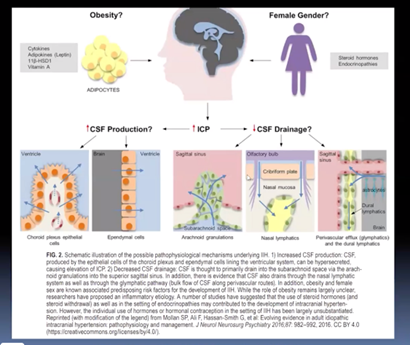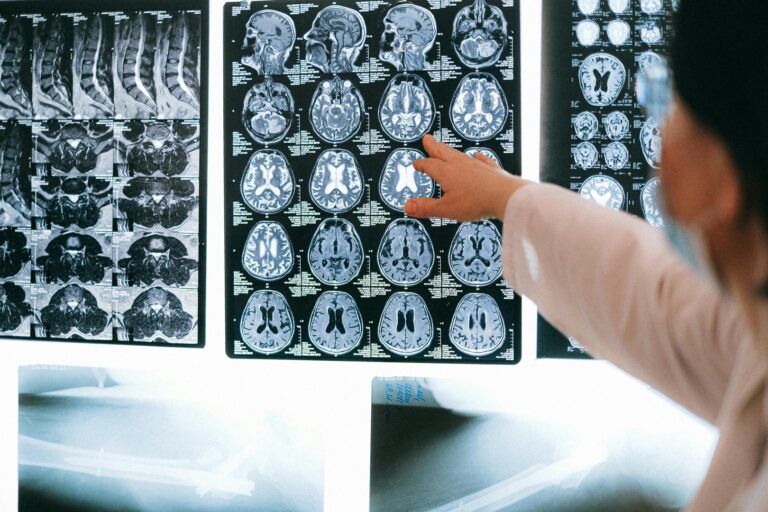On July 31st, Dr. Neeraj Chaudhary discussed Indications for Intracranial Stenting. Dr. Chaudhary is a Professor of Neurointervention and Neuroimaging for both adults and pediatrics at the University of Michigan Hospital.
This webinar was moderated by Dr. Pierre Gobin. He is a neurointerventionalist at Weill Cornell Medicine in New York and has more than 30 years of experience in treating cerebrovascular conditions.
In this 1-hour lecture, Dr. Chaudhary discussed:
- The modified Dandy CriteriaCriteria used for diagnosing patients with IIH. Click the term to read more, used to diagnose idiopathicThe term idiopathic is used when there is no detectable reason for something. Click the term to read more intracranial hypertension (IIH), which includes the use of imaging.
- Possible pathophysiological mechanisms causing IIH

- Venous sinus stentingA minimally invasive surgery during which a metallic mesh in the shape of a tube (stent) is placed in the sinus. Click the term to read more has become a safe and great treatment choice in those with venous sinus stenosis. Current treatment options for IIH such as medications, weight loss, and optic nerve sheath fenestrationA surgical procedure performed that allows cerebrospinal fluid to pass around the optic nerve freely Click the term to read more (ONSFoptic nerve sheath fenestration Click the term to read more) are not efficacious therefore alternative choices are explored.
- Patient selection for venous sinus stenting include: a neuro ophthalmology consult, MRI/MRV or CTV, has failed conservative management, must undergo a diagnostic angiography and venography with a finding of gradient greater than 8, and able to be placed on dual antiplatelet therapy.
- A paper published in 2023 reviewed the outcomes of 1626 patients with IIH. It identified an improvement of: transient obscurations (79%), pulsatile tinnitusA whooshing or throbbing noise heard in one or both ears that can range from annoying to debilitating. Highly associated with venous sinus stenosis. Click the term to read more (82%), diplopia (93%), blurry vision (76%), and those with papilledemaSwelling of the optic nerve that carries visual signals from the eye to the brain. Click the term to read more (40%), resolved after venous sinus stenting.
- Though the complication after placement of a venous sinus stent is low, it is not zero. Reported complications after venous sinus stenting are: stenting migration, venous sinus congestion, in-stent stenosis, stent thrombosis, subdural hemorrhage, intracerebral hemorrhage, and death.
- The webinar came to a close with a patient testimonial. Nicole, who was treated by Dr. Chaudhary, discussed her journey from diagnosis to treatment of IIH and recently had a venous sinus stent placement.
If you would like to watch the entire webinar, click here. Our YouTube channel features all of our past webinars. If you would like to attend our next webinar, click here.



